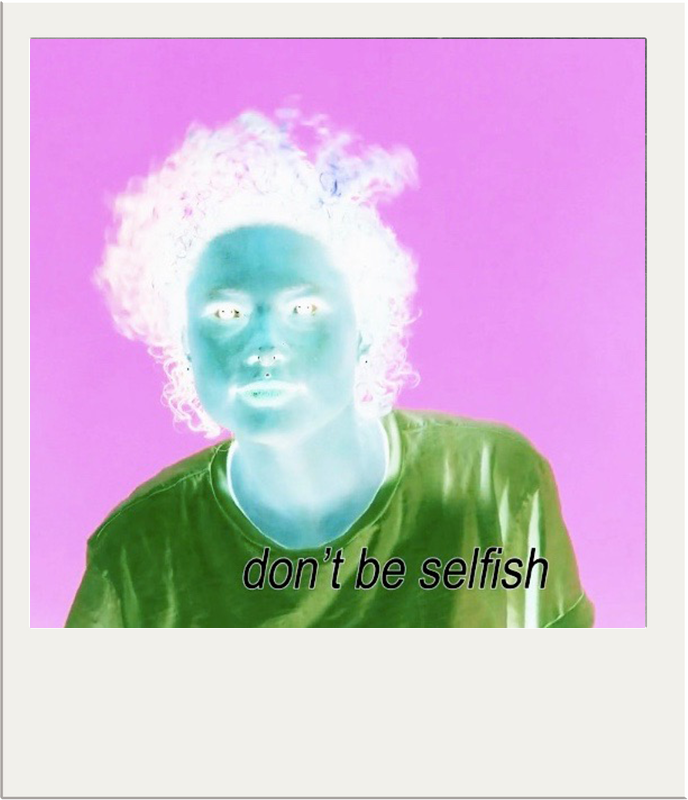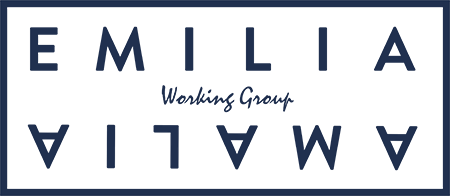
SIMULTANEITIES IN REFLEXIVITIES:
ABSENCE/PRESENCE ⋆ SEER/SEEN
A film screening curated by Calla Durose-Moya
Thursday, 13 June 2019, 7 PM
In partnership with the Canadian Filmmakers Distribution Centre
Hosted by the Toronto Media Arts Centre
32 Lisgar St, Toronto, ON M6J 0C9
This program engages with and revisits performance-for-camera work made by women and non-binary media artists in Canada. Through a variety of methods and materials, these artists’ works demonstrate that vulnerability is not only an affective modality, but also a political statement. Featuring works by Sylvie Laliberté, Emily Vey Duke, Bridget Moser, oualie frost, Camila Salcedo, Kate Craig, Susan Britton and Martha Davis. Total runtime: 1 hour 21 min.
This screening is part of EMILIA-AMALIA’s year-long collaboration with the Canadian Filmmakers Distribution Centre (CFMDC), titled HOLES AND HOW TO FILL THEM. Inviting emerging artists and curators to respond to E-A’s programming, and to the CFMDC film collection, these curated screenings activate holes, gaps and omissions as artistic and political strategies.
Selected films:
Papillon cerise by Sylvie Laliberté (1997)
The Fine Arts by Emily Vey Duke (2002)
Asking For A Friend by Bridget Moser (2013)
ADinHD by oualie frost (2019)
Tear Gas (Bombas Lacrimógenas) by Camila Salcedo (2016)
Delicate Issue by Kate Craig (1979)
Why I Hate Communism No. 1 by Susan Britton (1976)
Applying and Removing by Martha Davis (1979)
The screening is free and the venue is fully accessible.
Calla Durose-Moya is an emerging video artist practicing in performance and hybrid media and currently living and working in Toronto, Ontario. Through using “obsolete” mediums such as Hi8 and MiniDV, she explores the (im)possibilities of her identity, and the understanding that being queer, racialized, disabled, and a woman systematically impacts the way she is seen or ‘read’. Her work is heavily influenced by early Canadian video art, finding inspiration through the aspects of personal identity and underlying political narrative found in much of this work. By predominantly using scripts in her work, she is interested in the interplay between text, language, and its foundations in personal vs. political dichotomies.
